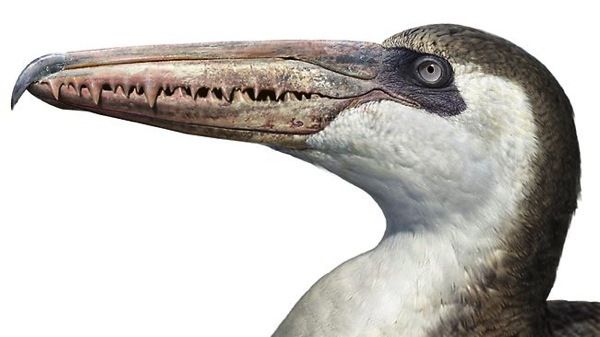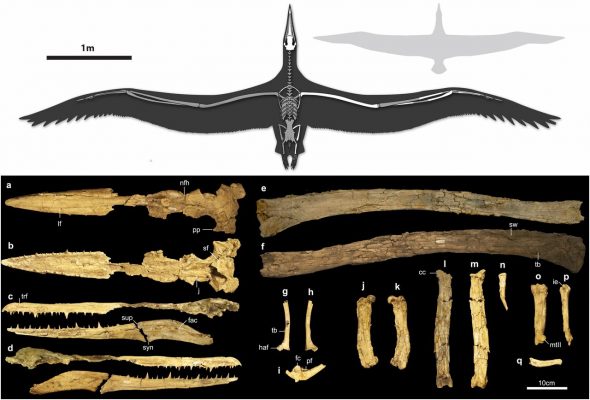The largest flying bird of our time is Albatross that has a wingspan of 18 feet, while the world history on animals and birds speaks about Pelagornis Sandersi which has extinct; is double the size of Royal Albatross.

The structure and length of the wings of Pelagornis might give a gist to assume about the birds that you have read in novels and books. It has been that this bird was seen last and is now considered as an extinct species.
Longest wingspan of the bird ‘Pelagornis’
The longest wingspan of the bird was discovered to have pseudo-teeth; it is already known to us that such teeth enable the animals and birds to catch their prey. It is a hint that the bird was a good hunter, which had the capacity to take a fight high up to 60 km/h approximately. The presence of pseudo teeth indicates this 20 feet widespan bird to be one of the giant sea birds, giant birds that belonged to the carnivores’ categories.

Entirely a different species of birds that were alive millions of years ago, totally unbelievable for us as we can find airplanes of such measurements flying high above with large wingspans. Beyond our thoughts but the Dan Ksepka, curator of science at a press release mentioned the massive features of the extinct largest flying birds that are twice the size of Royal Albatross.
About 25 million ago when Pelagornis Sandersi was alive, it was in 2014 that its fossils were discovered but until then the largest extinct bird that we know was Argentavis. Comparatively, its wingspan was less, as its study on fossils described its wings to the length of 13 feet extinct approximate 6 million years earlier.
Where did the largest flying bird fossils were discovered?
The fossil of the largest bird Pelagornis Sandersi was discovered near the Charleston South Carolina Airport and so the name was given on honor of the retired curator Albert Sanders of Charleston museum. According to Ksepka and the research team, it is assumed that this largest bird was one of the giant sea birds.

Sea-Bird, because the birds were found about 25 millions ago and as the fossils buried area found were under seawater. So the temperature of the area was comparatively warmer than it is today. Ksepka had shown a reason for this as the poles have less ice which is the sign of higher temperature than today.

While as Charleston was underwater that is a city now. This largest flying bird has survived for millions of years not only in the area of the now called Charleston City but all around the world. Large wingspan Pelagornis Sandersi had comparatively small stumpy legs. Bird with paper-thin hollow bones, which expanded all around the continents it also survived around Antarctica.
Extinction of the largest flying bird is still unclear to the paleontologist and they are still into research to find out the reason for their elimination of such giant sea birds from the earth.




